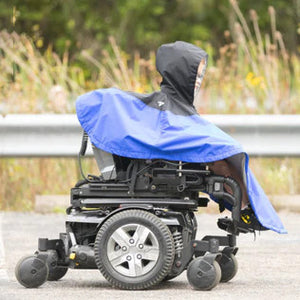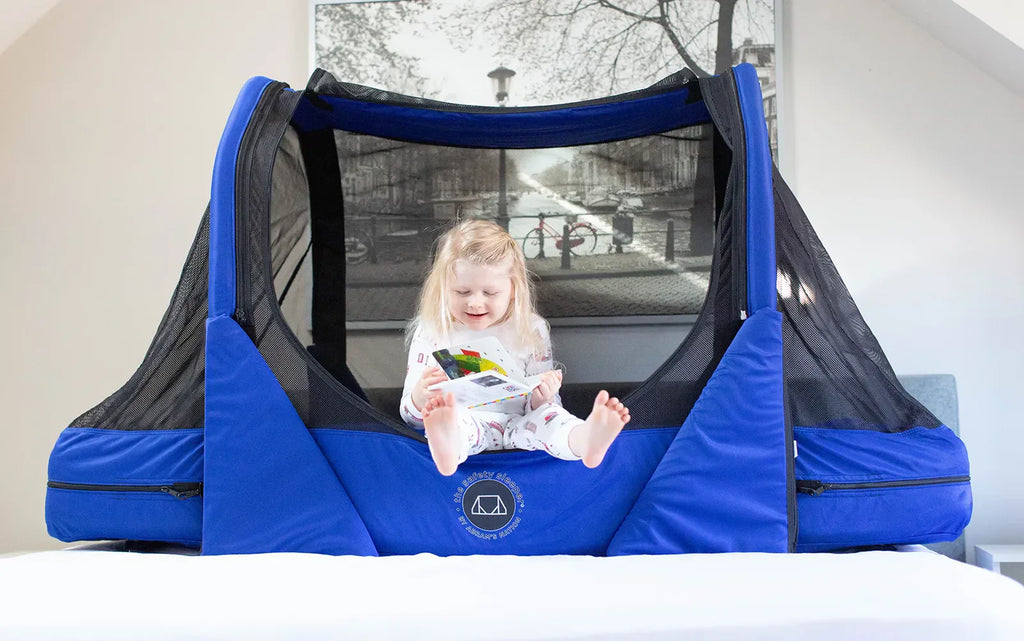Introduction
Welcome to our comprehensive guide on the dangers of night wandering and how to prevent it. At Abram’s Nation, we understand the challenges that parents and caregivers face when it comes to ensuring the safety and well-being of their children with autism, especially during the night. Night wandering can be a concerning behavior, and we are here to provide you with effective strategies and tips to address this issue and create a secure environment for your child.
Understanding the Dangers of Night Wandering
Night wandering is a common behavior observed in children with autism spectrum disorder. It involves a child leaving their designated sleeping area and roaming unsupervised throughout the house or even outside. This behavior can be particularly distressing for parents, as it puts the child at risk of injury and getting lost.
The Impact of Night Wandering
Night wandering can lead to several challenges for both the child and the caregivers. These challenges may include:
- Safety Concerns: Children who wander at night may encounter hazards like stairs, sharp objects, or potential dangers outside the home.
- Sleep Disruptions: Wandering disrupts the child's sleep patterns, leading to sleep deprivation for both the child and parents.
- Anxiety and Stress: Parents often experience heightened anxiety and stress due to the fear of their child's safety during wandering episodes.
Identifying Triggers and Patterns
Understanding the triggers and patterns associated with your child's night wandering can be crucial in developing effective prevention strategies. Here are some common triggers to watch out for:
- Changes in Routine: Disruptions in daily routines can lead to increased restlessness and wandering behavior in children with autism.
- Sensory Overload: Overstimulation from lights, sounds, or textures can prompt a child to seek relief through wandering.
- Unmet Needs: Children might wander if they are hungry, thirsty, or uncomfortable.
Prevention Strategies
1. Establish a Consistent Bedtime Routine
A consistent bedtime routine helps children with autism understand when it's time to sleep. Create a calming pre-sleep routine that includes activities like reading a book or listening to soothing music. Consistency in the routine will signal to your child that it's time to rest and prevent the dangers of night wandering.
2. Create a Safe Sleep Environment
Make your child's bedroom a safe and comfortable space. Remove any potential hazards and ensure that windows and doors are securely locked. Consider using childproof locks or alarms on doors leading outside the house. The Safety Sleeper®, which is a medical enclosed bed, also helps create a safe sleep environment.
3. Use Visual Cues
Visual cues can be highly effective for children with autism. Consider using a visual schedule or clock to help your child understand sleep and wake-up times.
4. Address Sensory Needs
If sensory overload is a trigger, create a calming sleep environment. Dim the lights, use blackout curtains, or provide items like weighted blankets that can offer comfort.
Teach Safety Skills
Teaching your child essential safety skills is crucial in minimizing the risks associated with night wandering. Use clear and simple language to explain safety rules, such as not opening the front door without adult supervision.
Seek Professional Guidance
If your child's night wandering persists despite implementing preventive strategies, consider seeking advice from professionals experienced in autism and behavioral interventions. They can provide personalized recommendations and support based on your child's specific needs.
Conclusion
Preventing night wandering in young children with autism requires patience, understanding, and a commitment to creating a safe sleep environment. By establishing a consistent bedtime routine, addressing sensory needs, and teaching essential safety skills, you can greatly reduce the occurrence of nighttime wandering. Remember that every child is unique, so it's essential to tailor your approach to meet your child's specific requirements. With diligence and care, you can create a peaceful and secure nighttime routine for your child with autism.

































